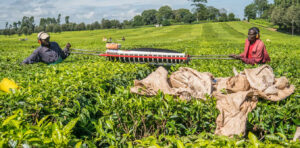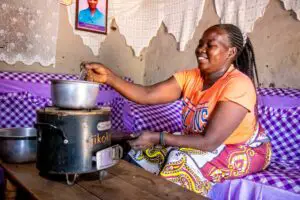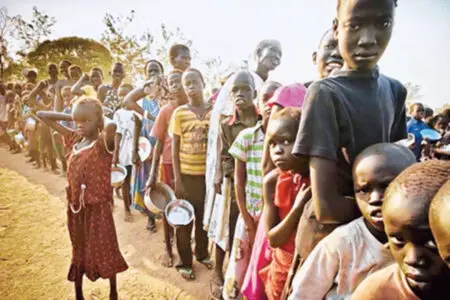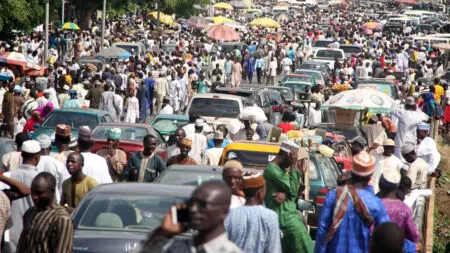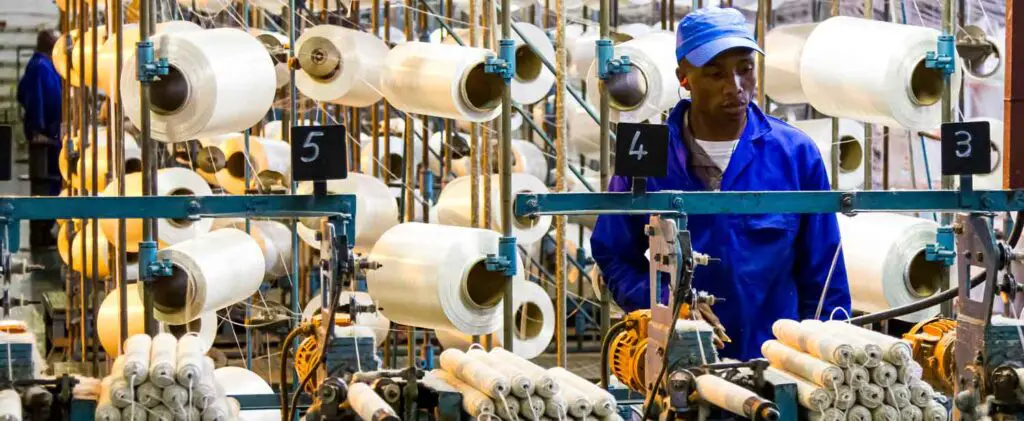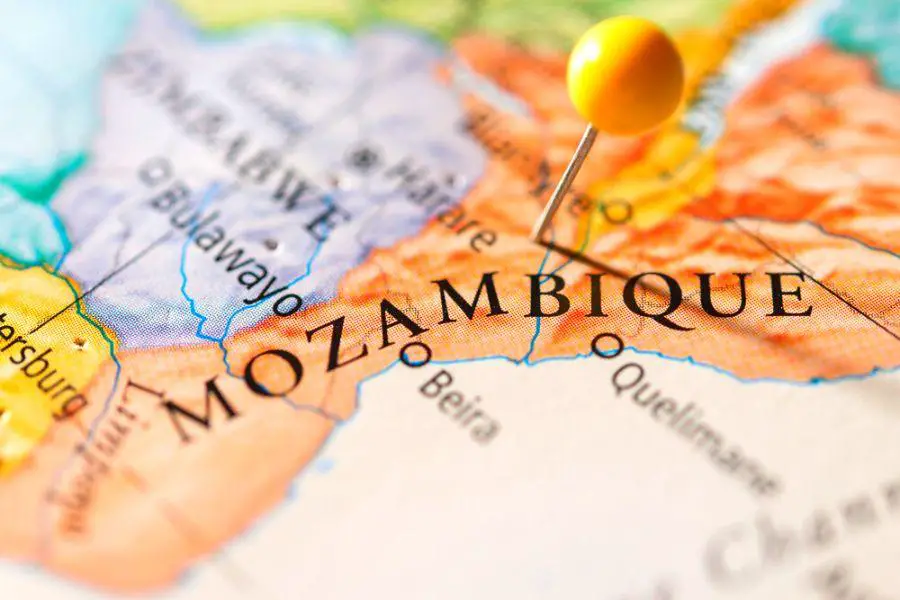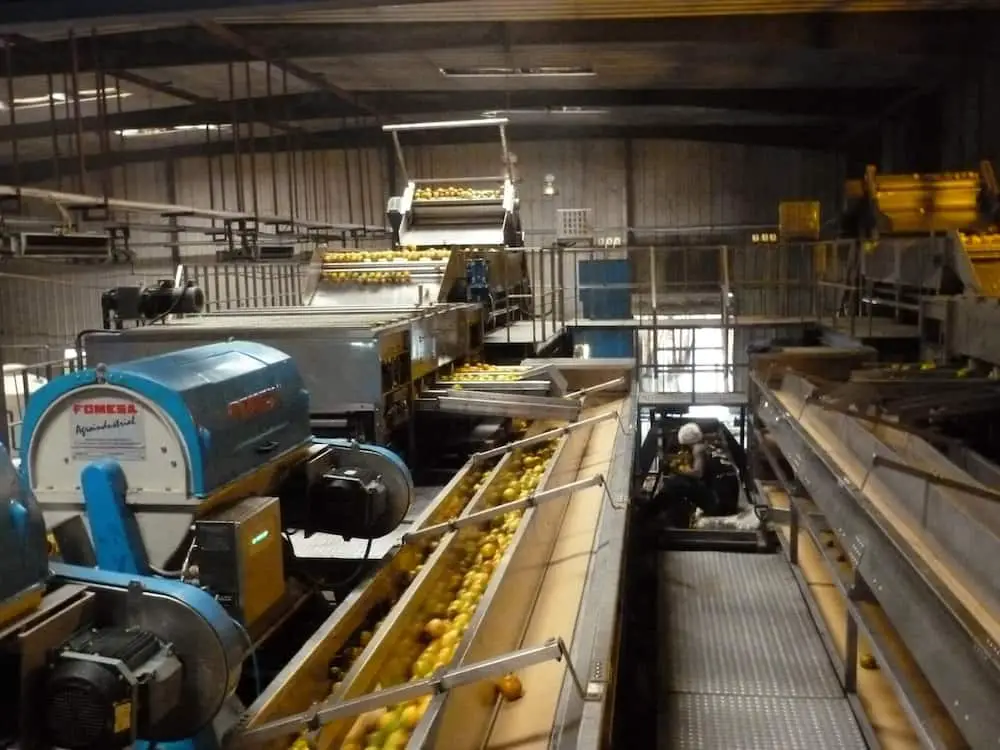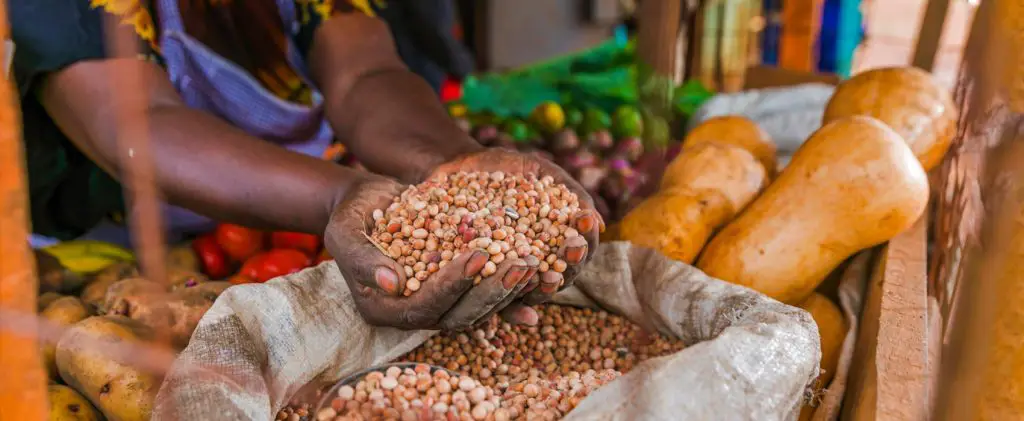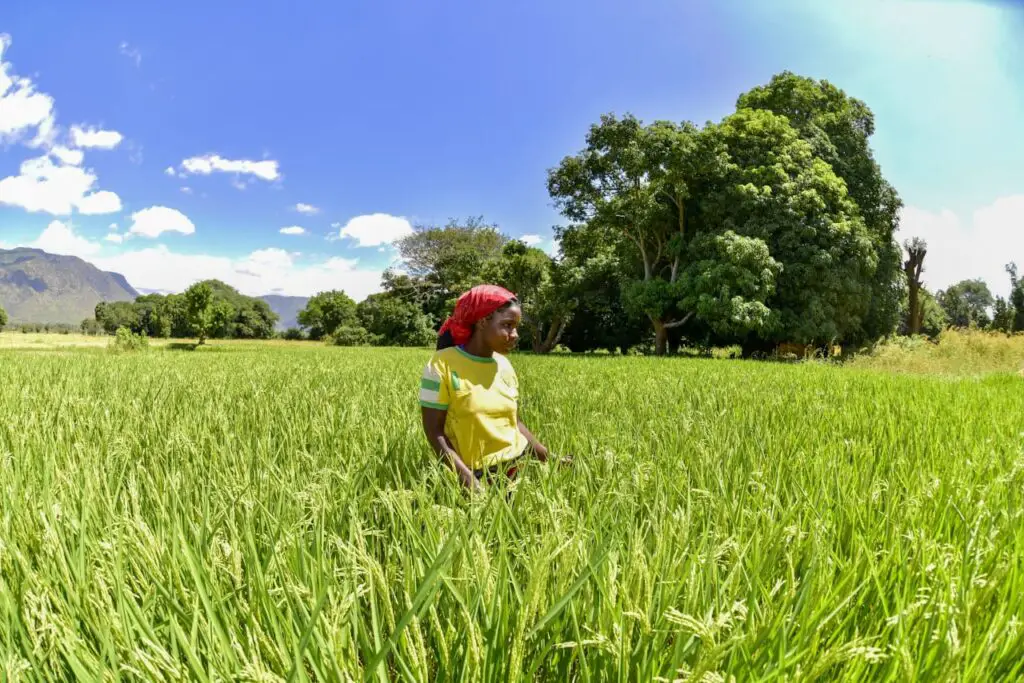- Agribusiness could drive Africa’s economic prosperity
- Dawood Al Shezawi: Why AIM Congress 2024 is the epicenter of global economic and cultural dialogues
- d.light’s 600,000 cookstoves project verified as top source of quality carbon credits
- Artificial intelligence (AI) could create a turning point for financial inclusion in Africa
- AIM Congress 2024: Catalysing global investments with awards
- Kenya’s economic resurgence in 2024
- The most stressful cities to live in 2024 exposed
- Tech ventures can now apply for the Africa Tech Summit London Investment Showcase
Browsing: AfDB
- Over 20 million children in the Horn of Africa will suffer severe hunger, thirst and disease in 2023
- Africa food crisis blamed on climate change and the Russia-Ukraine war
- The continent continues to invest millions for future projects as millions die by the day
A prolonged drought linked to climate change is being linked to a severe food crisis in the Horn of Africa with millions in parts of Ethiopia, Somali and Kenya facing staring death as a result of extreme hunger.
According to the UN Children’s Fund (UNICEF), the number of children suffering from dire drought conditions has more than doubled in the last five months of 2022, spelling a hunger doom in 2023.
It is estimated that over 20 million children in the Horn of Africa will suffer severe hunger, thirst and disease in the coming year; a figure that is twice the 2022 figure that was pegged …
- Africa produces more fertilizer than it consumes yet it imports to meet demand gaps
- Poor inter-country trade facilities affect fertilizer supply chain within the continent
- Developed countries use up to seven times more fertilizer per hectare than Africa
Recent reports show that fertiliser prices have tripled since early 2020 and remain volatile, putting a previous stable supply of fertiliser out of reach of many small farmers impacting food security across the continent.
The reason for this decline in access to fertilizers and hence the increase in global prices has been two fold; first the Covid-19 pandemic disrupted supply chains then the Russia-Ukraine war exacerbated the shortage.
There are other reasons like restricted supply caused by increased export taxes and even complete export bans by various countries. However, these policy restrictions, which in most cases are meant to protect the farmers of the exporting countries, all came into play owing to …
- By 2050, a quarter of the world’s population (25%) will be in Africa
- Africa Investment Forum (AIF) raises US $31 billion in investment deals
- Only 33 of Africa’s 51 countries have signed the single passport protocol and only four have ratified it
Come 2050, a quarter of the world’s population (25%) will be in Africa, that in itself is a good enough reason to invest in Africa and for Africa to invest in education and workforce skill upgrade.
In fact, according to the African Development Bank (AfDB), there are two other factors that beg for increased investment in Africa. First the fact that Africa holds 65% of the world’s virgin arable land and second, Africa, by far, hosts the world’s biggest known sources of renewable energy.
As AfDB President Akinwumi Adesina put it, “the future of Africa lies in investments, not aid.”
Also Read: Africa shifting to private sector led
…The reason farmers are forced to buy seeds is that projects like AGRA take away traditional organic seeds by giving subsidized GMO seeds, which cannot be replanted hence after harvest, the farmers must buy new batches of seeds to replant the next season.
In effect, forcing the farmers to rely on new purchases of seeds every year means the peasants are unwittingly caught in a cycle of dependency and poverty, for that matter.
Worse still, projects like AGRA that claims to introduce ‘modern agriculture technologies’ focus on using chemical-based fertilizers and pesticides and also push for monoculture, which locks the farmers in the dependency cycle; they have to buy more fertilizers to keep their lands productive, and they have to buy the same pesticides because of monoculture.
It is for such reasons that last year, AFSA released an open letter with over 200 signatories alleging that AGRA did not increase …
A recent index report showed that Tanzania’s agro sector is mechanizing rapidly on the back drop of value addition mini-factories, the revolution is not unique to Tanzania, it is happening continent wide and North Africa is leading.
Evidence to this fact lies in the pages of the Africa Industrialization Index (AII) report that show more than 35 of Africa’s 52 countries have become more industrialized over the span of the last decade.
The multi-stakeholder report, prepared by the African Development Bank, the African Union and the United Nations Industrial Development Organization (UNIDO), attests to an ongoing industrial revolution in Africa.
The Africa Industrialization Index (AII) uses 19 indicators to rate each country’s level of industrialization ranging from performance of its manufacturing sector, capital, labor to a country’s business environment, its infrastructure and even its entire macroeconomic status.…
There is a shift, a change in the nature and composition of Tanzania’s workforce from labour-intensive to skilled labour. This shift is well received as the report authors describe it as ‘a good sign of economic transformation’ it is a sign Tanzania mechanisation.
The report authors contend that the fact that the proportion of labour employed in agriculture has decreased while that in other sectors, notably manufacturing and services, has increased, then it is a clear sign of an industrializing nation.
Agriculture mechanization in Tanzania is also evident in the fact that even though employment in the sector is decreasing, but the sector’s overall performance is actually increasing.
According to Tanzania’s Commissioner of Financial Sector Development, Dr Charles Mwamwaja, between 2015 and 2019, the agriculture sector grew at an average of 5.2 per cent, while the subsector of agricultural products continued growing at an average of 5.8 per cent.…
The support for the 2023-2028 period takes into account that Mozambique is indicated as at the same time one of the countries most vulnerable to climate change and one of the least developed.
Despite the riches of its subsoil, the initiative foresees studies for the production of green hydrogen in Mozambique, and the Belgian Development Agency will supply solar panels to remote areas without connection to the electricity grid.
The supply of potable water and irrigation solutions based on solar energy is also being planned, the statement adds.
Belgium will also support the implementation of a national programme for sustainable waste management, which includes the construction of recycling facilities in Nacala and Nampula, with additional support from the NAMA Facility, a multi-donor fund.…
Ghana competes in the global economy primarily using natural resources. Other than the usual exports of cocoa, gold, lumber, and crude oil, Ghana has a competitive advantage in numerous product categories. Increasing the proportion of high-income commodities in the export basket hastens economic transition.
The opportunity is providing better, economically advantageous items to regional and worldwide markets. Cocoa processing, wood processing, aluminium products, palm oil, food and agro-processing, and fish processing are examples of manufacturing sub-sectors that fit these two requirements.
Manufacturing subsectors that capture considerable proportions of manufacturing value-added, such as food and drinks, chemicals, and textiles, have significant technology, knowledge, and skills inherent in them. These assets can be used to produce additional goods within the sub-sector or even outside of it. It is also easier to go up the value chain after you have mastered relevant technologies and markets.…
Food security in Africa has always been the centre stage of all major global meetings. Photos of starving naked children have been paraded so much that hunger and Africa have become synonymous.
However, after years of talks, recommendations, solutions, funding, monitoring, evaluation, more talks, more recommendations, more funding…and then more years of new talks, new recommendations, new solutions, new funding… it’s exhausting; Africa is still hungry!
The cool acronyms, the endless list of organizations, the countless projects and initiatives, the billions upon trillions issued every year, its all mind-boggling.
Global Development Goals (GDG), Sustainable Development Goals (SDG), World Food Organisation (WFP), International Monetary Fund (IFM), World Bank (WB), African Development Bank (AfDB), Alliance for a Green Revolution in Africa (AGRA)…it goes on and on.…
Meanwhile, Africa is looking to take pre-emptive action to avert the inevitable food crisis.
The United States has pledged support to help the continent grow and distribute more food. The aid will come through the African Development Bank (AfDB). The Bank is looking to fund a significant increase in food production in an effort to ward off the food crisis wrought by the Russia-Ukraine war.
In May this year, the AfDB set up a US$1.5 billion African Emergency Food Production Facility. It was established with the aim of supporting some 20 million smallholder farmers produce more food and to do so more sustainably.…
